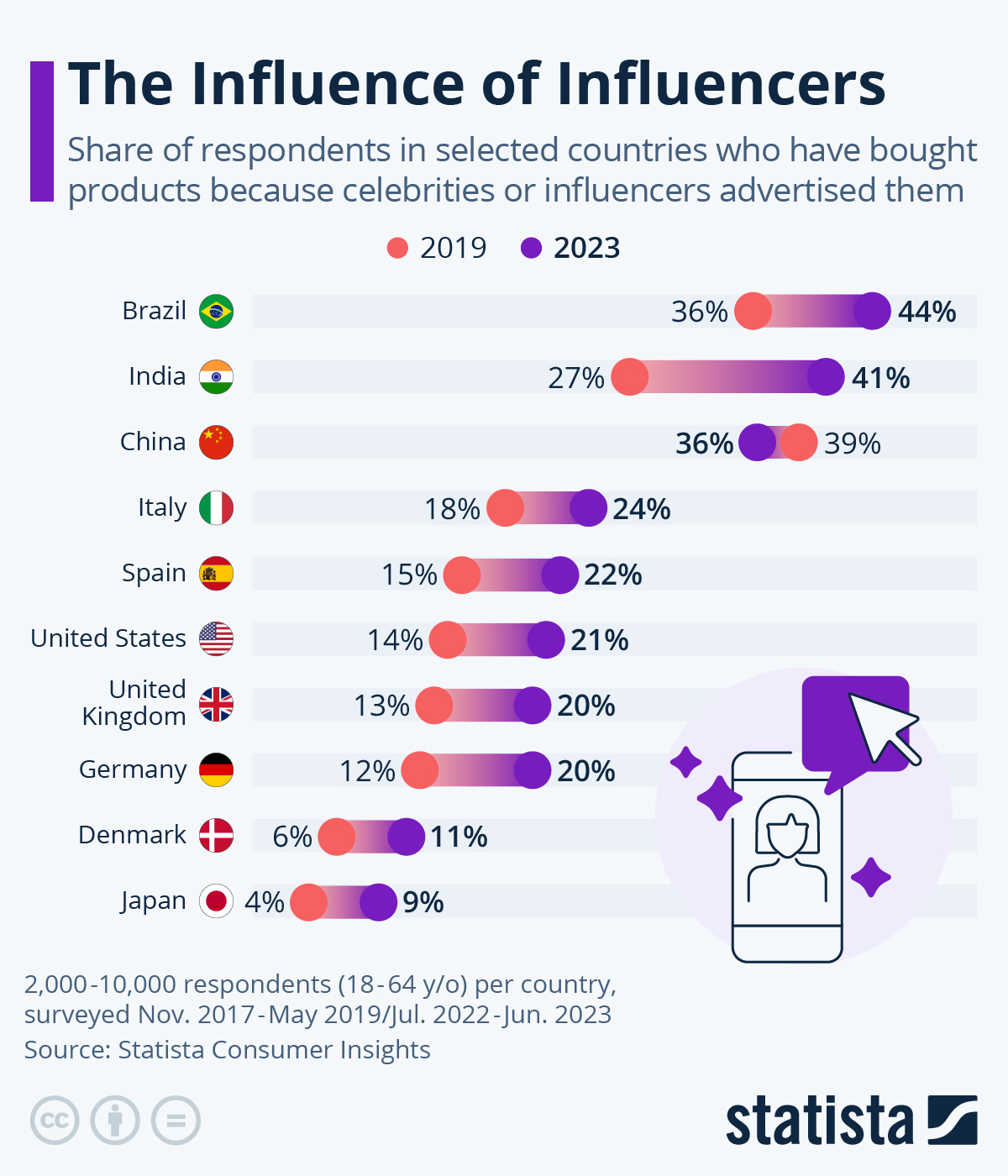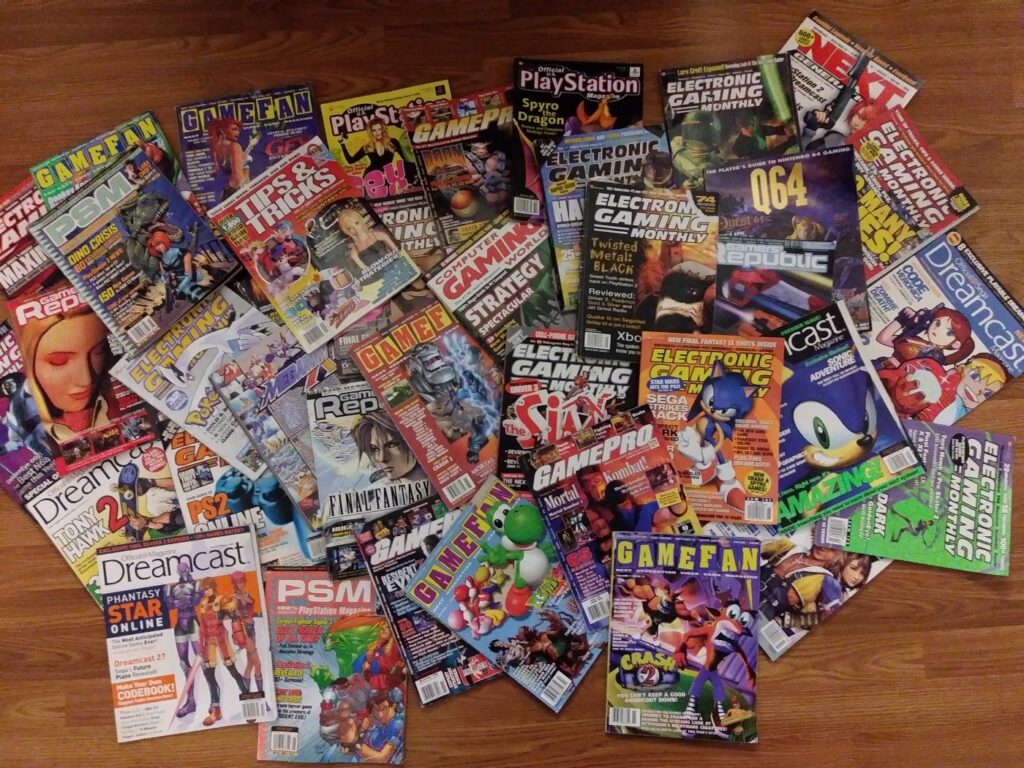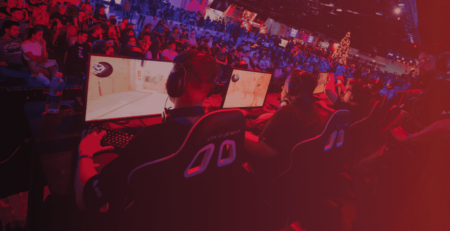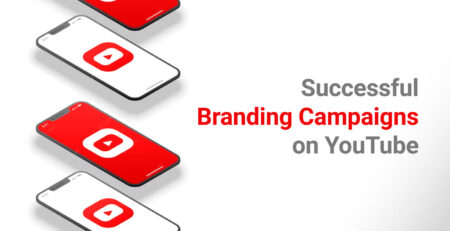Why do I need Influence Marketing in every region my game is sold?
People influencing people about your games
To build a community around your games is undoubtedly the ultimate goal. It boosts advocacy and fills the internet with content that certifies that your content is an experience worth being a part of. But how do you build one? Many companies have learned that User-Generated Content is the backbone of every strategy that aims to achieve it.
It happened so fast that many of us didn’t notice how it happened. Properly managing influencers has become a winning tactic to achieve your sales goals, boost your Brand, and leverage your presence in any market. Consulting firms all agree that the trend of following influencers’ lead when deciding on a purchase has gained traction in most countries. And though it’s not precisely as relevant in every market, the trend is positive worldwide.
 You will find more infographics at Statista.
You will find more infographics at Statista.
In Latin America, where social media usage is higher than in other regions, user-generated content influences purchases very highly. Audiences in Brasil, Mexico, Argentina, Colombia, and Chile are very passionate about the things they love, and they fill the internet with content and interactions that prove it. Brazil is Facebook’s second market behind the US in terms of use, and Argentina has the most active Twitter population in the world. But even though Influencer Marketing seems to be especially relevant in Latin America, it is growing just the same in every other region. And fast!
Gamers’ buyer journey in a world pre Twitch and Youtube
A couple of decades ago, Gamers trusted Printed Media a high deal when deciding what content to purchase. For Devs and Publishers, relevant Media coverage was vital to gaining visibility and pushing sales. At least initially. It was always a secret known to all that, ultimately, it was word-of-mouth and the most spontaneous appearance of communities of dedicated fans that kept the game sales evergreen. But measuring that process was difficult. Results were just estimations, and it was very expensive.

Gamers relied heavily on printed media back in the 90s. Credit: https://www.forgottenworlds.net/
The basics in this model relied on the fact that a gamer’s Trusted Source gave visibility to Content, certified its quality, and later there were local communities of gamers that kept the conversation going. Internet was out of the equation. It was a friend, a local store salesman, and the published gaming magazine of choice who had a high impact on a gaming purchasing decision.
User-Generated Content & New Audiences
Internet and Digital Distribution had a significant impact on how we can market our games today. And most companies work really hard on leveraging their games’ visibility, engagement, and advocacy by making good use of them. Just like during the 80s and 90s, people keep trusting the opinion of their social circle when making purchasing decisions. With just a tiny difference. That circle has expanded. Much. Like globally. And you get valuable data from those interactions. Now you can feed and foster them.
Audiences now have agency. Technology made it possible, and audiences immediately owned it. New audiences are not passively waiting to be pointed in the right direction anymore. They want to play an active part in the experience that they enjoy. Gamers love discussing their content, being part of the hype, bringing more people to appreciate their favorite gaming experiences, nourishing their communities, and sharing their experiences. Basically, what they do is find joy and purpose in expanding the experience of the content thrown at them.
Today, your game is to them the object around which they discuss and interact with others. And just like when going on a holiday, it’s not just about the factual trip. The experience starts with expectations before living the “real thing.” It has its core with interaction with your content and creating your own idea of what that experience is. And it continues every time you share your stories and you “sell your experience” to relatives, friends, and those who might be interested.
How do I make my game known and something people talk about?
Hundreds of games are released every week. Game engines have made it easier for small teams placed anywhere in the world to develop a game. And digital distribution of games increased audiences, reach, and sales exponentially. The Games Industry has become so massive that funding for smaller projects is much more available than 30 years ago as well.
But just because of it, creating great content is only half of it. A fantastic Game with no audience is a non-fulfilled vision. That’s why the other half is setting the right strategy for your content to be acknowledged and talked about by your audience, regardless of where they are located in the world, and later managing the engagement and the community around it.
Influencers who are well aligned to your product and your brand, just as dedicated fans, will find better arguments than your marketing team to sell your game. And will bring better results too. But there’s something more at it. Just like an evangelist of your product, they will attract others who want to be a part of the experience. They will coach them, encourage them, and build lore around your content in an ever-growing cycle that feeds your Brand.
At Ark One Studios, we want to help you find the right partners for your game in every market. Let us know more about your project, and let’s explore solutions custom-built for your needs. By quality localization, excellent media coverage, or adequate and engaging influence content, a fact remains the same: your stories deserve to be well told.











